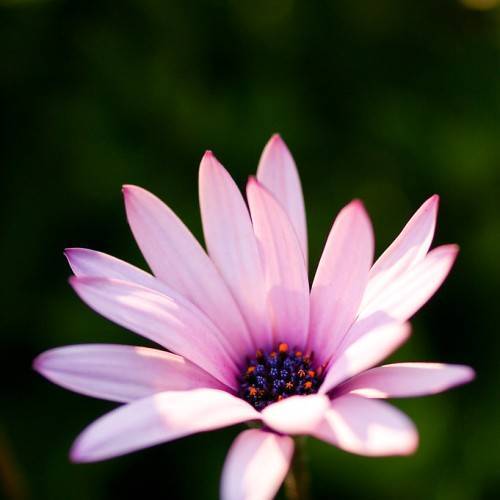
osteospermum
Osteospermum cvs.
Also Known As - cape daisyCycle:
Perennial
Watering:
Frequent
Hardiness Zone:
7
Flowers:
Flowers In Spring
Sun:
Full sun
Soil:
Alkaline
Fruits:
Fruits In Summer Ready In Fall
Leaf:
Yes
Growth Rate:
Low
Drought Tolerant:
Yes
Salt Tolerant:
Yes
Care Level:
Medium
watering
Tea Olive (Osmanthus delavayi) should be watered when the soil surface begins to feel dry. Aim to keep the soil moist but not soggy. Water thoroughly, until the water begins to drain out of the bottom of the pot. Make sure to empty the drainage tray after each watering. Tea Olive plants can survive short periods of drought, but should not be left dry for extended periods of time. During the summer months, water once every 1-2 weeks, making sure to check the soil before watering to make sure it’s not still moist from last time. In the winter and fall months, water approximately once every 3-4 weeks. As temperatures get cooler, the plant will require less water.
sunlight
Tea Olives prefer full sunlight and partial shade for optimal growth. Though they can tolerate full shade, they will not flower as profusely when planted in this environment. When planted in well-draining soil and in full sun, with an average minimum temperature of 0°C/32°F, this flowering shrub is known to produce flowers and a strong fragrance from late winter to early spring. During the summer months, the plant needs at least 4 to 5 hours of direct sunlight in order to maintain its vibrant flower color. However, if the shrub is located in a hot and dry area, it should be sited somewhere that has partial shade.
pruning
Tea olive (Osmanthus delavayi) should be pruned in late winter or early spring, before new growth appears. Pruning should be done to remove dead, damaged, or diseased branches. It should also be done to reduce the overall size or shape of the shrub. Pruning should be done cautiously to avoid over-pruning, as this can cause dieback and reduce flowering. An overall light pruning is usually sufficient to maintain the desired size and shape of the shrub. Regular trimming of the tips can help promote a bushier growth habit.
